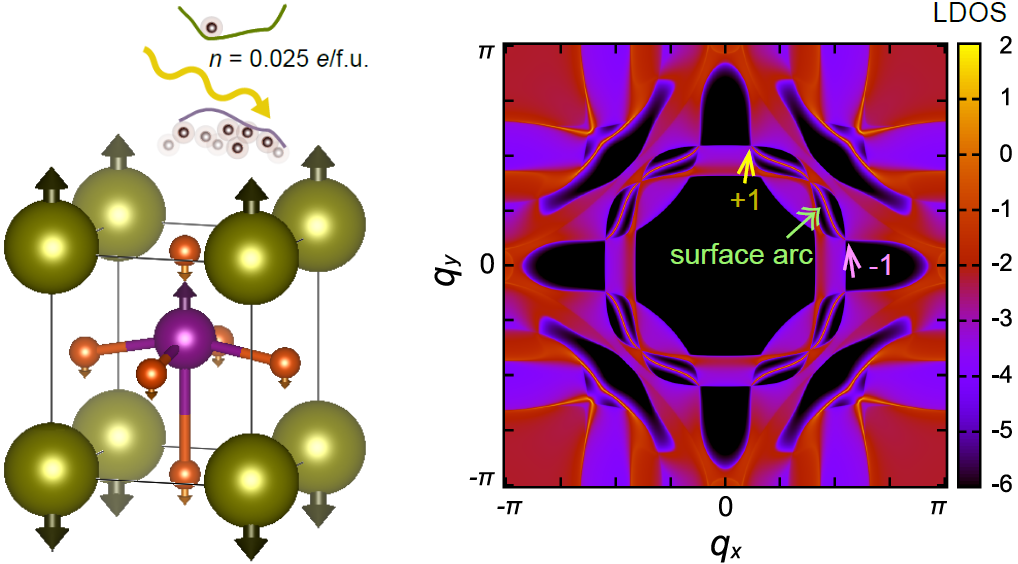Topology is the branch of mathematics that studies the properties of objects that are preserved by smooth deformations such as stretching, twisting or bending. The most famous example of this is that of the "number of holes" of an object. From this point of view, a doughnut and a cup are topologically equivalent because both have a single hole and can therefore be deformed into one another. By contrast, a drinking glass has no holes so cannot be continuously deformed into either a doughnut nor a cup, so it is topologically distinct.
Ideas from topology have recently been applied to materials. There are two types of particles in materials: electrons, which carry electricity; and phonons – associated with the vibrations of atomic nuclei – which carry heat. In traditional materials, changing external parameters such as temperature or pressure modifies the properties of these particles, which can have detrimental effects such as energy losses in both charge or thermal transport. By contrast, in topological materials both electrons and phonons can be significantly "deformed" by these external parameters without changing their fundamental behaviour. This has tremendous potential, for example for generating charge or thermal currents without losses.
While many materials with topological electrons are now known, materials with topological phonons remain largely unexplored.
Dr Bartomeu Monserrat, who has recently joined the Department, working with PhD students Bo Peng and Yuchen Hu, together with Shuichi Murakami and Tiantian Zhang from the Tokyo Institute of Technology, have discovered that topological phonons are ubiquitous in a family of materials called perovskites. This provides a promising platform for exploring the fundamental science of topological phonons together with potential applications such as efficient heat management devices. The researchers additionally find that some of these materials are only borderline topological, which means that the topology can be turned on and off with small changes induced by light, pressure, or temperature.
The perovskite family is no stranger to exotic physical phenomena nor to technological applications. Perovskites are known to host magnetism, ferroelectricity, multiferroicity, or superconductivity; and they have potential applications ranging from solar cells to efficient computer memories. Adding topology to the mix is sure to bring surprises on both the fundamental science and application fronts. The results are reported in the journal Science Advances.
Figure caption: Illuminating a perovskite crystal (left) leads to exotic phonon states such as surface arcs (right)
B. Peng, Y. Hu, S. Murakami, T. Zhang, B. Monserrat, "Topological phonons in oxide perovskites controlled by light", Science Advances 6, eabd1618 (2020)

